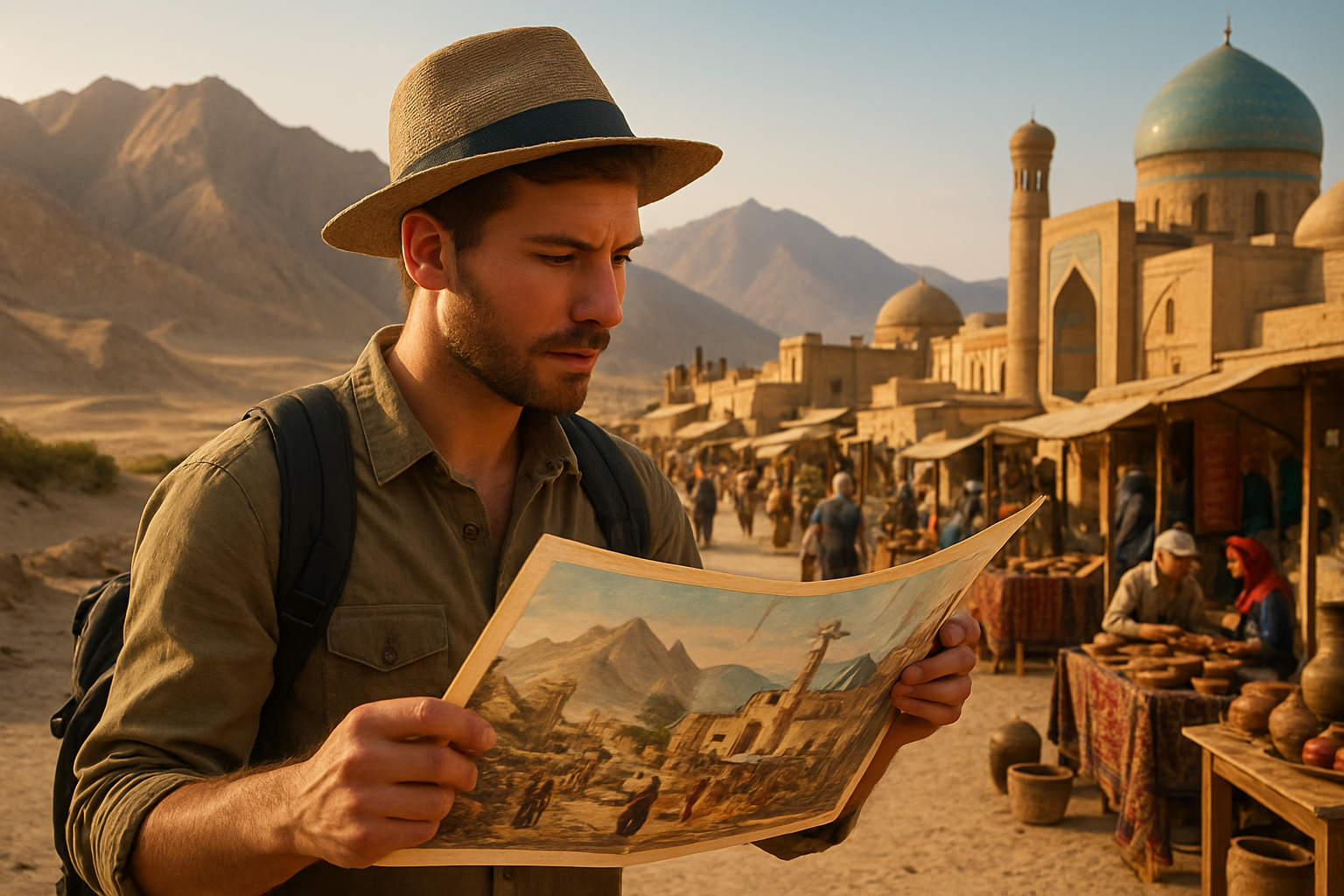Tracing Ancient Trade Routes: The Modern Traveler's Guide to Silk Road Adventures
The ancient Silk Road, a network of trade routes connecting East and West, has captivated travelers for centuries. Today, this historic pathway offers a unique blend of cultural immersion, breathtaking landscapes, and off-the-beaten-path experiences. As modern adventurers seek to retrace the steps of ancient merchants and explorers, a new era of Silk Road tourism is emerging, offering travelers the chance to uncover hidden gems and forge connections across continents.

The New Silk Road: Connecting Past and Present
Modern infrastructure developments, including improved transportation networks and restored historical sites, have made Silk Road destinations more accessible than ever. Countries along the route, such as Uzbekistan, Kazakhstan, and Kyrgyzstan, are investing in tourism initiatives to showcase their unique cultural heritage. This renaissance of Silk Road travel offers visitors the opportunity to experience the region’s diverse landscapes, from the Gobi Desert to the Tian Shan Mountains, while exploring the fusion of ancient traditions and contemporary life.
Culinary Adventures Along the Spice Trail
One of the most enticing aspects of Silk Road travel is the opportunity to explore the diverse culinary traditions that developed along these ancient routes. From the fragrant spices of Central Asian markets to the hearty dishes of Xinjiang, travelers can embark on a gastronomic journey that reflects centuries of cultural exchange. Local food tours and cooking classes offer immersive experiences, allowing visitors to delve deeper into the flavors and techniques that have been passed down through generations.
Sustainable Tourism and Community Engagement
As interest in Silk Road travel grows, there is an increasing focus on sustainable tourism practices and community engagement. Many tour operators now offer experiences that support local artisans, preserve traditional crafts, and promote cultural exchange. Travelers can participate in homestays, visit local workshops, and engage in community-based tourism initiatives, fostering meaningful connections with the people who call these historic regions home.
The Digital Silk Road: Technology Meets Tradition
In the age of digital connectivity, technology is playing a crucial role in enhancing the Silk Road travel experience. Augmented reality apps allow visitors to visualize ancient cities as they once stood, while virtual tours provide access to remote or fragile sites. Social media platforms have become modern-day silk roads, enabling travelers to share their experiences and inspire others to embark on their own journeys of discovery.
Navigating the Modern Silk Road: Essential Tips for Travelers
• Research visa requirements well in advance, as policies vary among Silk Road countries
• Learn basic phrases in local languages to enhance cultural interactions
• Pack versatile clothing suitable for diverse climates and cultural norms
• Respect local customs and dress codes, especially when visiting religious sites
• Consider joining a small group tour for easier logistics and expert guidance
• Bring cash, as ATMs may be scarce in remote areas
• Stay hydrated and be prepared for altitude changes in mountainous regions
• Support local economies by purchasing handicrafts and using local guides
As travelers seek authentic experiences and deeper cultural connections, the Silk Road stands as a testament to the enduring allure of cross-cultural exchange. By retracing these ancient routes, modern adventurers not only gain insight into the past but also contribute to the ongoing story of human connection and discovery. The Silk Road, once a conduit for goods and ideas, now serves as a bridge between cultures, inviting travelers to become part of its living history.





